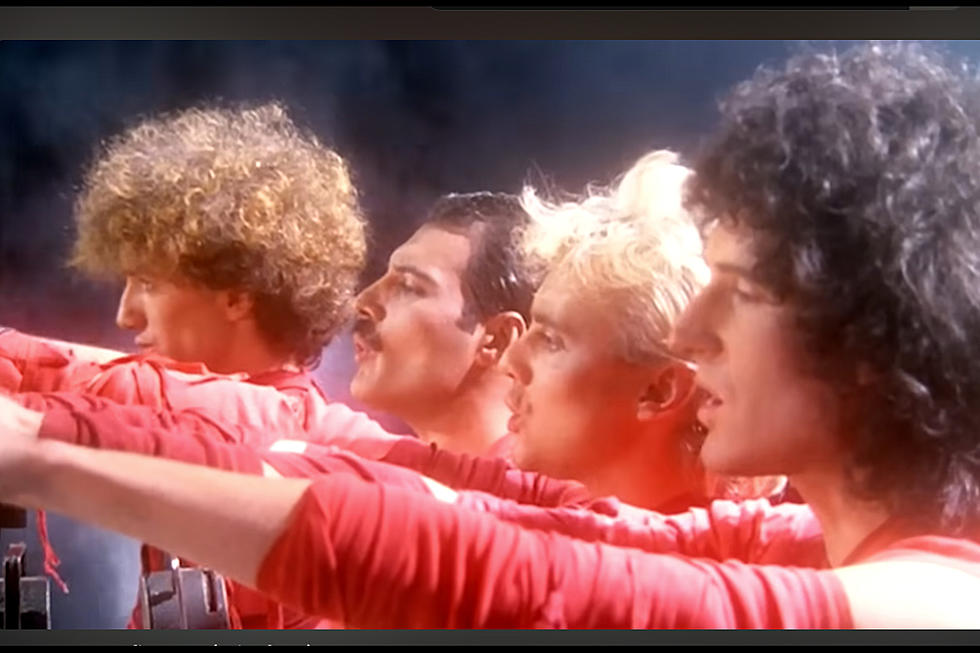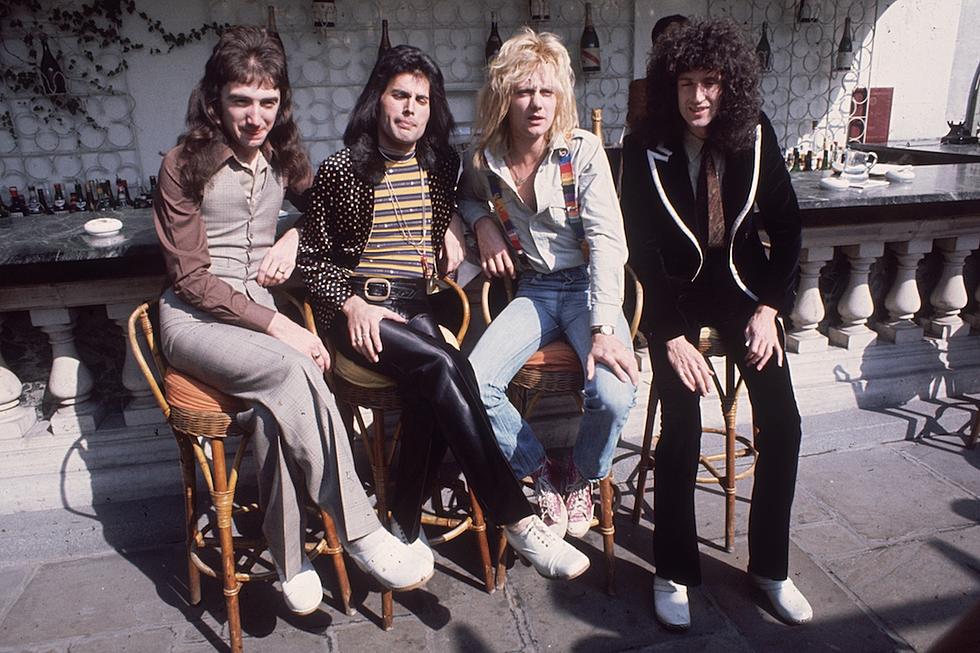
How Queen Became an Overnight Success After Years of Hard Work
Queen's self-titled debut hardly raised the pulse within the general population. Their second induced palpitations with an increasing number of listeners. The group’s third studio effort, released Nov. 8, 1974, finally produced a Sheer Heart Attack.
In retrospect, their rise seems altogether mercurial. For singer/pianist Freddie Mercury, guitarist Brian May, drummer Roger Taylor and bassist John Deacon, however, nearly half a decade of hard work had gone into developing their sound and honing their talents since Queen’s first manifestations in 1970.
First came a four-song demo in February 1971, then their first concert that July, followed by a management arrangement in 1972 that gave them almost free reign to experiment at Trident Studios. That resulted in a proper recording contract with EMI, and spawned those initial two records. And still, the fledgling Queen had to weather very mixed reviews and prove their mettle on stage over the next two years, undertaking numerous jaunts across the U.K. – including a famous stint in support of good friends Mott the Hoople.
They also made their first trip to America, although that had been rudely cut short by a serious illness that temporarily sidelined Brian May. In fact, the band had to start working on the sessions for what would become Sheer Heart Attack without their valuable guitarist, but May thankfully recovered to bring his contributions — both instrumental and compositional — to bear on this most intriguing and eccentric of classic-rock long players.
Listen to Queen's 'Killer Queen'
Right off the bat, a flourish of carnival music assaulted the senses, inviting listeners to run off to the circus with Queen. Among the main attractions were May’s magnum-guitar symphony, "Brighton Rock," the staccato bombast of "Now I’m Here," and the flamboyant whimsy of breakthrough single "Killer Queen." But also featured among the sideshows were Taylor’s cheeky "Tenement Funster," which bled straight into the muscular cynicism of "Flick of the Wrist" and flowed seamlessly into the surprisingly fragile "Lily of the Valley."
Side two took this contiguous musical approach to even more daring heights. It opened with the disorienting "In the Lap of the Gods" and the speed-metal convulsion of "Stone Cold Crazy" before settling down into May’s soothing "Dear Friends" and Deacon’s incredibly mature first contribution to Queen, "Misfire." But just as quickly, it shifted gears into the ragtime curiosity of "Bring Back That Leroy Brown," the dreamy glam fantasy "She Makes Me (Stormtrooper in Stilettos)," and, finally, the reprise of "In the Lap of the Gods … Revisited."
Ultimately, Sheer Heart Attack was both schizophrenic and of-a-piece. It set the adventurous template that seduced fans and then kept them on their toes every time a new Queen album landed on record store racks, bearing astonishing gifts of outlandish imagination and brilliant songcraft. As time went by, future Queen albums boasted bigger hits and even more consistent material. Sheer Heart Attack crystallized their inimitable style, however, even as it showed the way forward for the band. They never looked back.
Rock Stars Who Walked Away and Never Looked Back
You Think You Know Queen?
More From Ultimate Classic Rock









